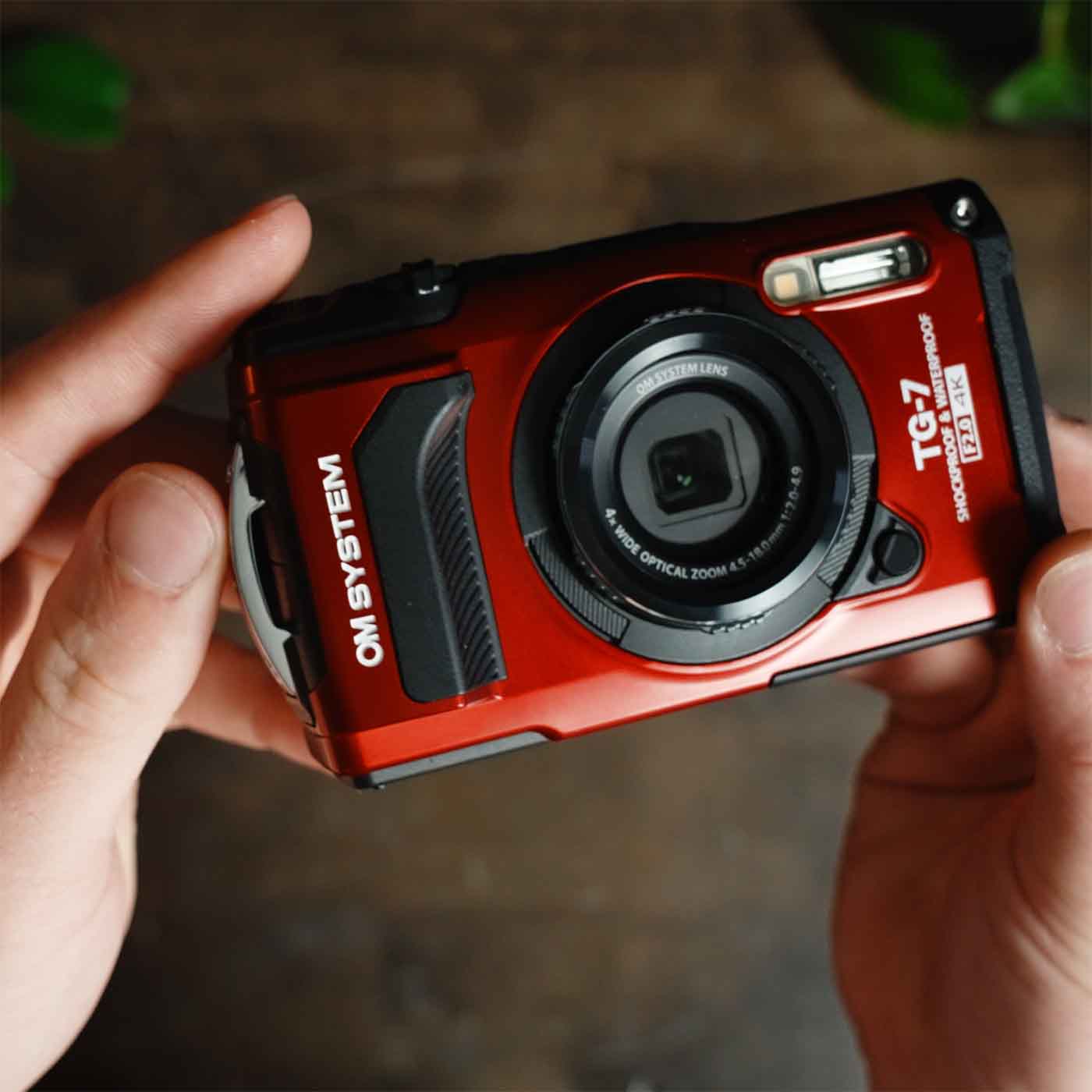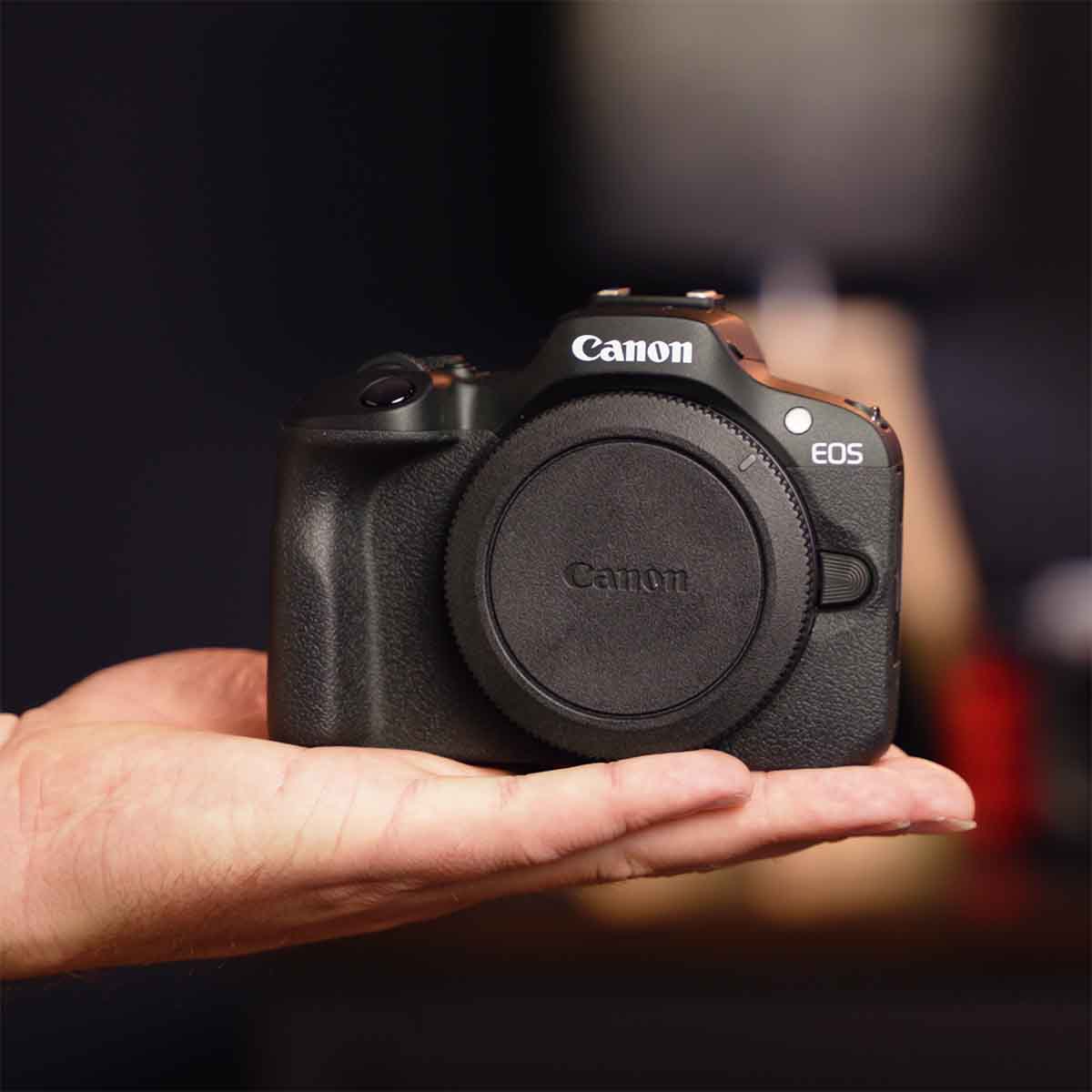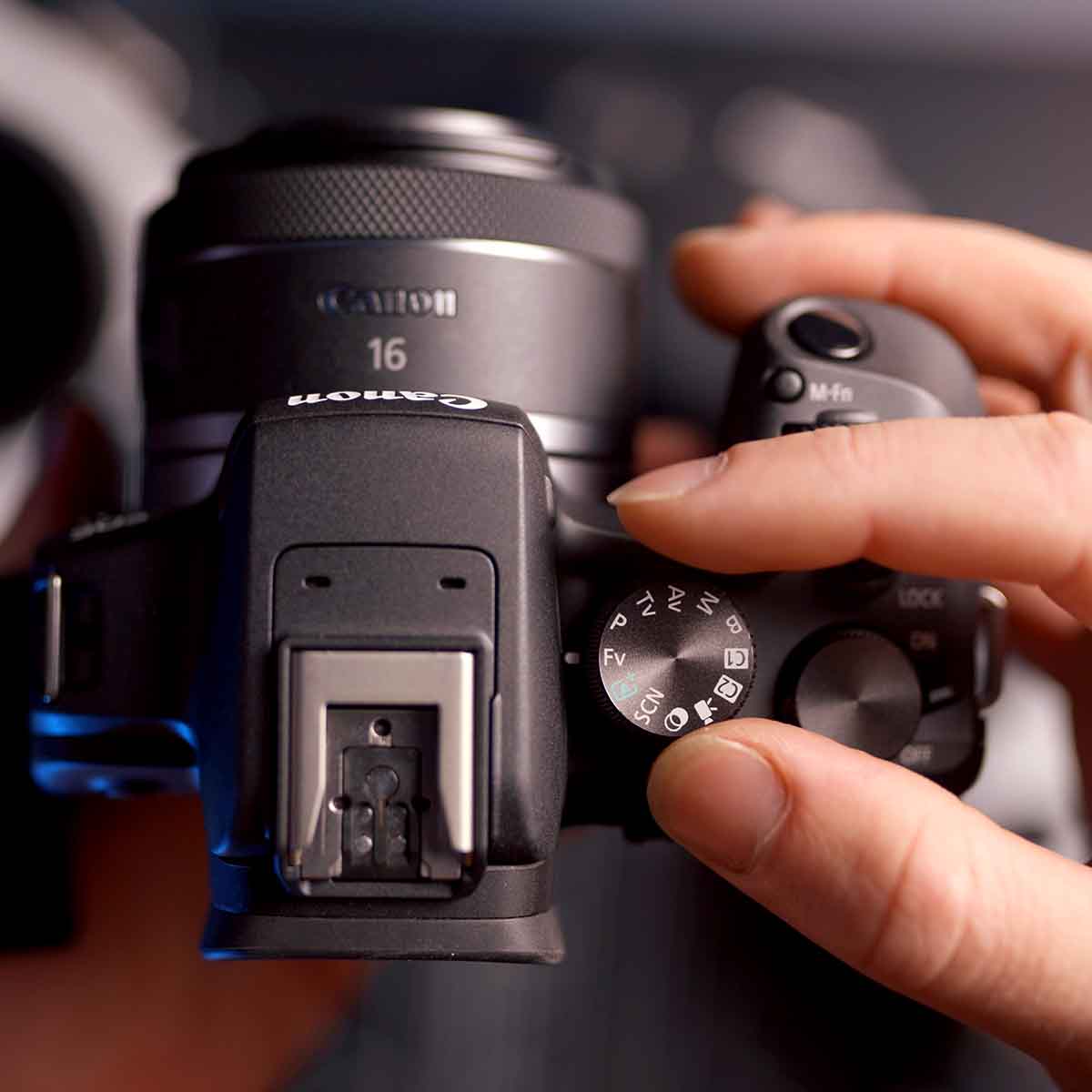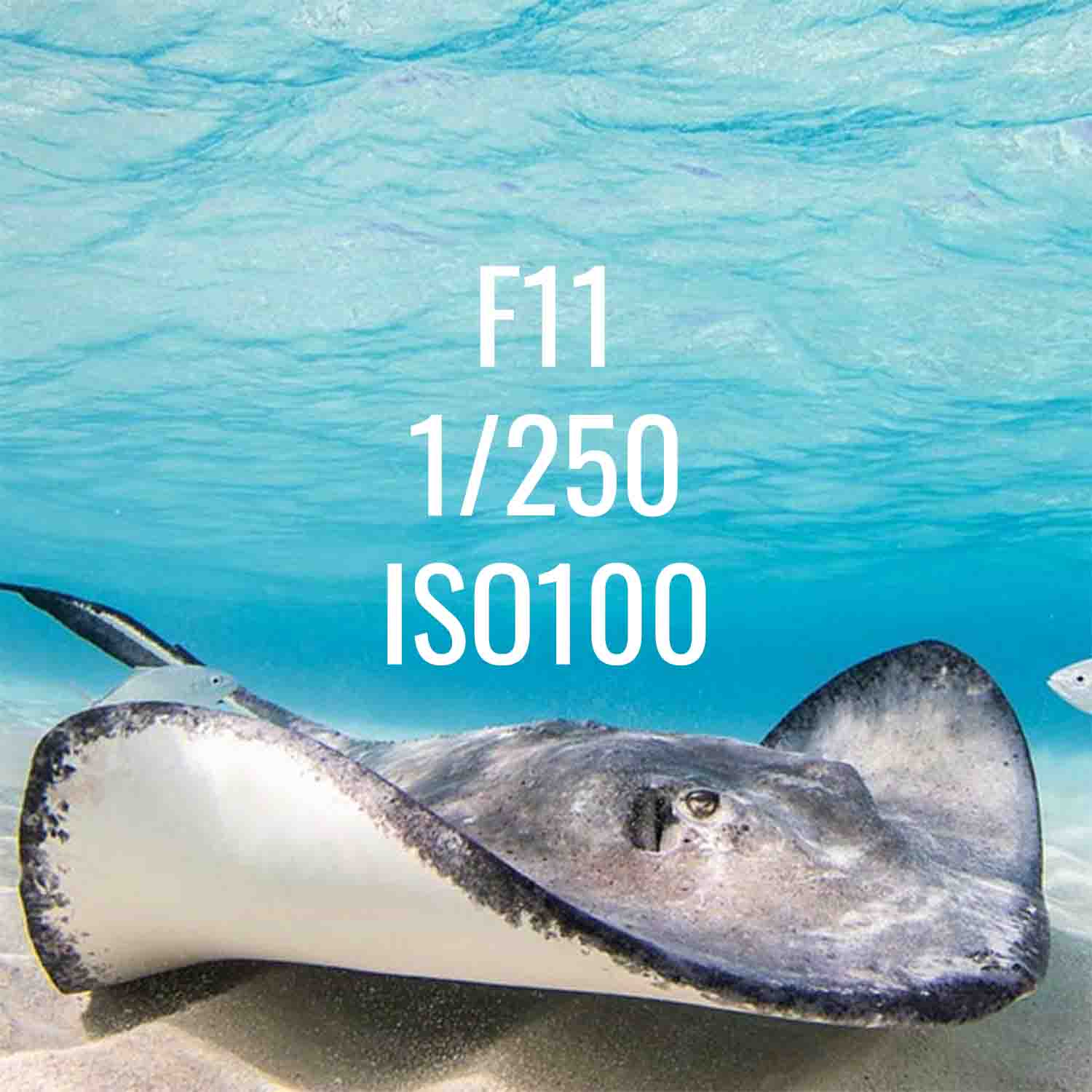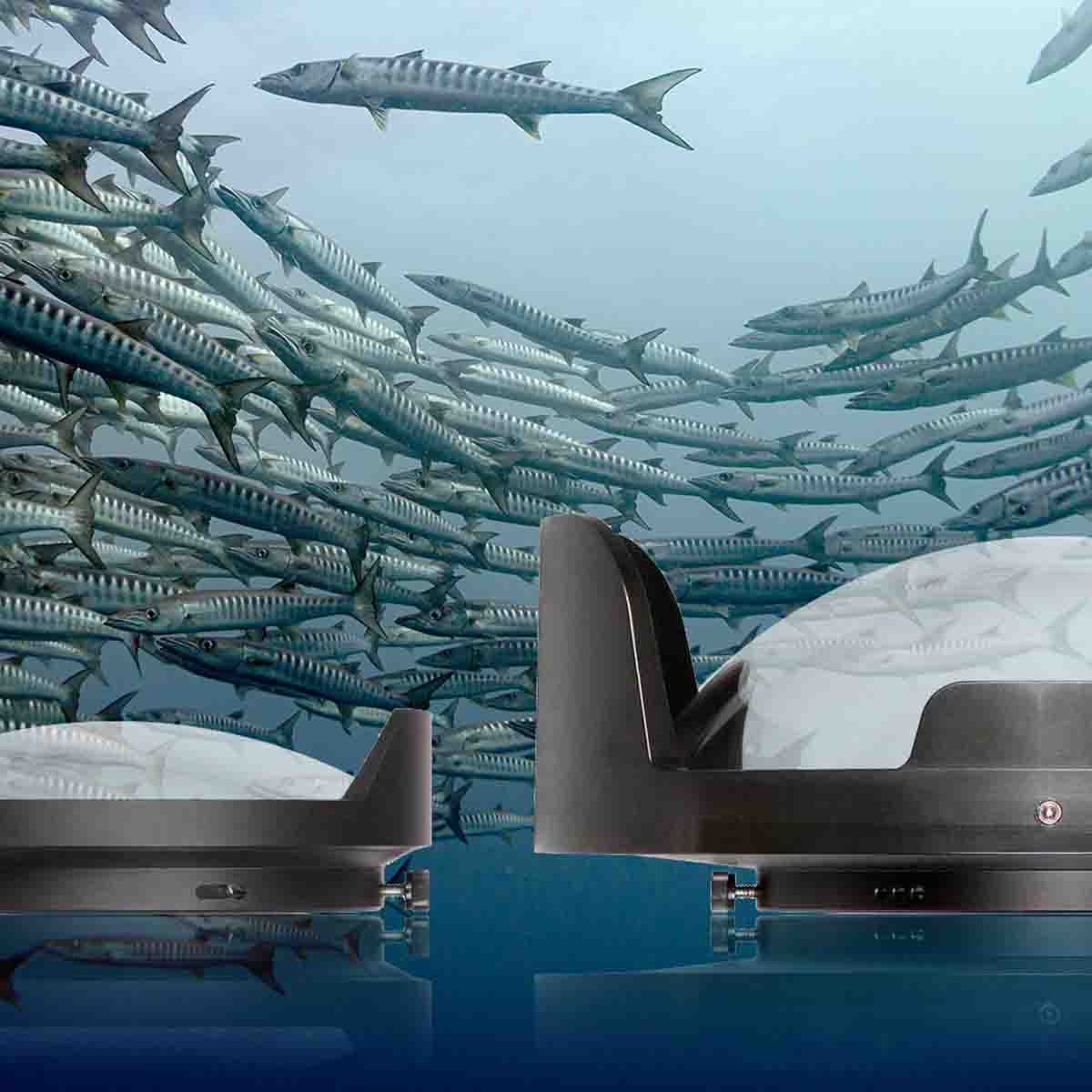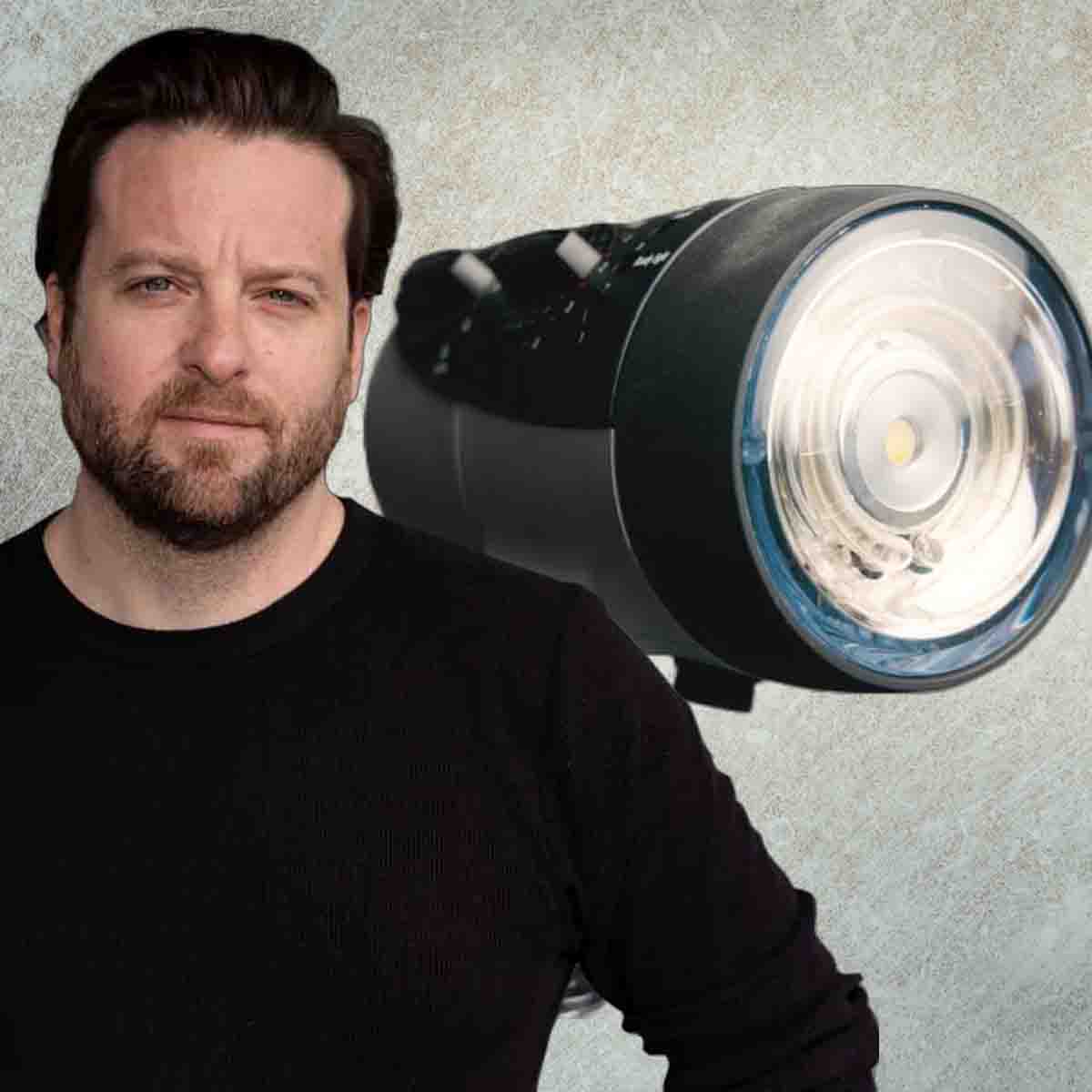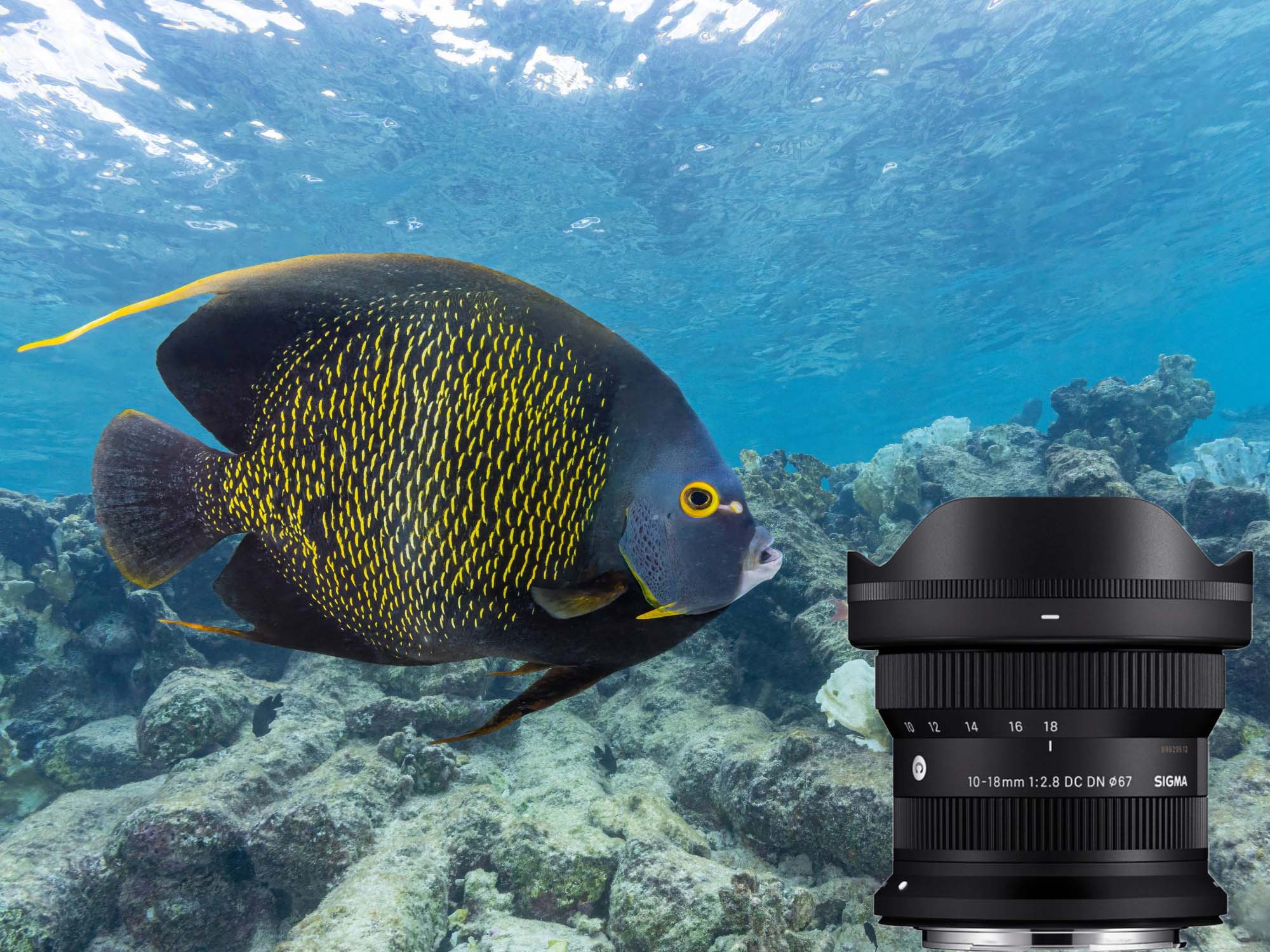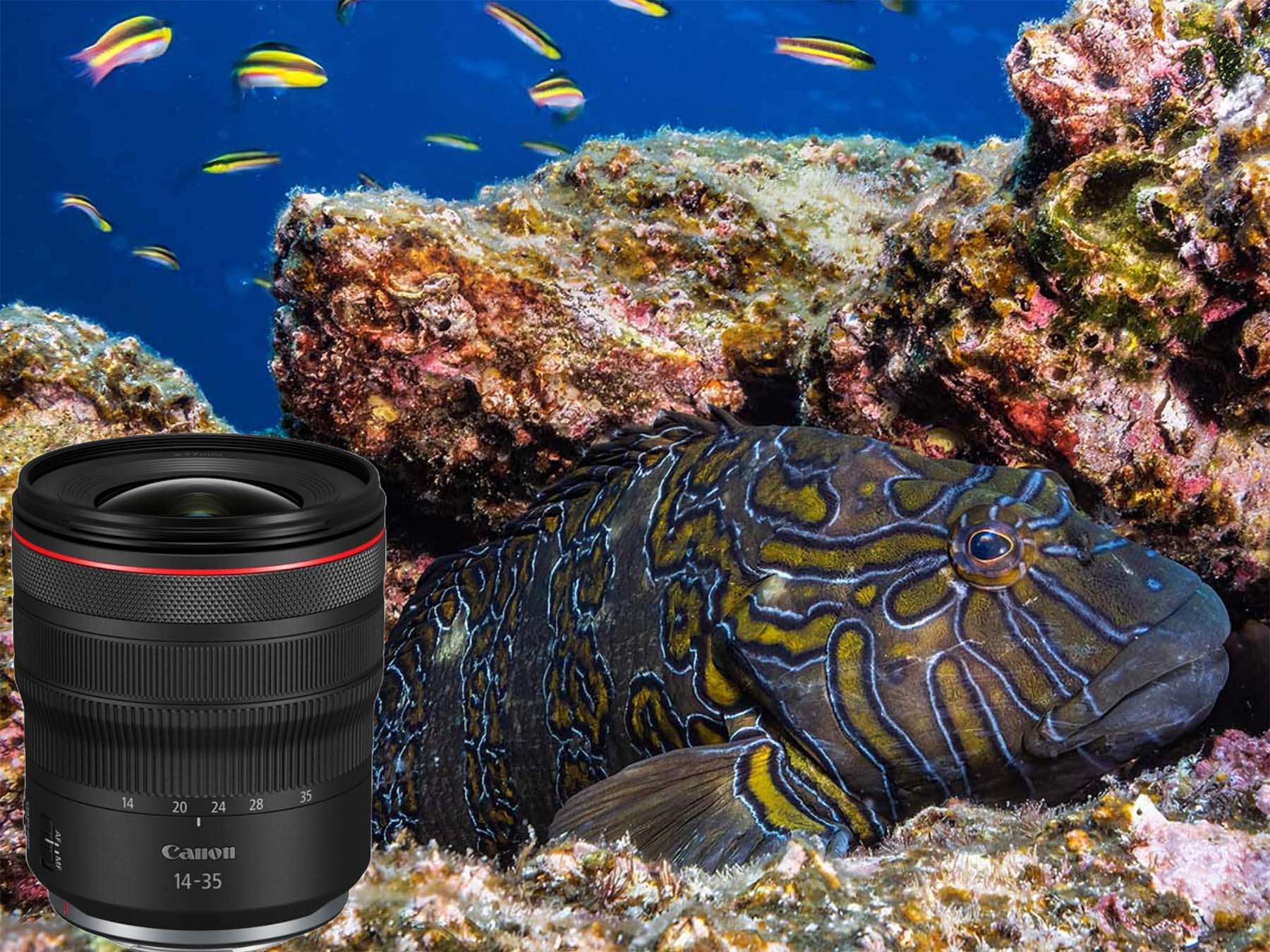Featuring Jean Rydberg
This may be the next lens you should buy for your Canon EOS R7, R10, or R100 camera.
The sad truth about underwater photography is all that water is just dragging your image down. Shooting through less water, by getting closer to your subject, will give your photos more contrast, color, and clarity. For the best results try to get within arms reach of your subject.
To do that with larger animals and reef scenes, you will need a wide able lens like the Canon RF-S 10-18mm f/4.5-6.3 IS STM. Ikelite President & CEO Jean Rydberg breaks down what we love about this lens and shares some stunning underwater results.
This unique combination of image quality and affordability makes this one of the best options today for the traveling wide angle photographer.
Focal Length
If you’re coming from a full frame camera, this lens has the equivalent of a 16-29mm zoom range which is ideal for everything from whale sharks to people to turtles and has plenty creative applications.
Compact Size

Size matters, especially when traveling. Canon RF 10-20mm (left) vs Canon RF 10-18mm (right).
One thing I really love about this lens is the size. It’s very compact, much smaller than Canon’s RF 10-20mm L lens. At just 1/3 of a pound it hardly makes a dent in your baggage allowance. This is one of the smallest and lightest wide angle options on the market right now, perhaps only beat out by the FCON-T02 on an OM System TG-7 camera.
Like some of Canon’s other RF-S lenses, the 10-18mm has a collapsible design which makes it quite small to pack away. It does require a little bit of force to get it opened up, so I recommend opening it up to at least 10mm before you install the camera and lens in your housing.
This is one of the smallest and lightest wide angle options on the market right now.
Dome Port
You’ll want to shoot this behind the DLM 6” Dome Port and Zoom Gear. It actually uses the very same port and gear as the 18-45mm kit lens. The lens loads though the back of the housing which makes it incredibly fast and easy to set up your system.
Image Quality
What’s really important is image quality so let’s get down to it.
The RF-S 10-18mm has a very short minimum focus distance of only 5.5 inches (13.9 cm) in autofocus mode. That allows you to get really tight in on your subject for some amazing close focus wide angle shots.

Get up close and personal. 10mm • 1/800 • f/6.3 • ISO 1000 © Logan Wood
The autofocus performance is excellent and makes great use of Canon’s latest eye detection and subject tracking features. Logan recently shot this lens during the sardine run in Magdalena Bay and it had no problem keeping up with the fast moving sea lions and marlin which can be some of the trickiest subjects to shoot underwater.
The RF-S 10-18mm has a very short minimum focus distance... that allows you to get really tight in on your subject for some amazing close focus wide angle shots.
Aperture & Corner Sharpness
The lens has a maximum aperture of f/4.5 on the wide end and f/6.3 at 18mm. This is perfectly suited for underwater photography where we get natural bokeh from the water and we almost universally want to shoot smaller apertures to ensure good edge sharpness. It’s incredible that this lens has a minimum aperture of f/32 - something that no other lens it its class can claim.
The 10-18mm is rectilinear meaning you’ll get straight lines and natural proportions when shooting wrecks, big animals, and models. There is a little barrel distortion though Canon’s in-body corrections do an excellent job of hiding it.

10mm • f/13 • ISO 800 • 1/100 © Douglas Klug
Most importantly, the edges of the image are very sharp. Doug Klug’s images from California’s kelp forests show that even with a compact 6” dome port, edge sharpness is excellent at apertures above f/5.6 and particularly good when shooting between f/8 and f/16.
If you’re shooting a couple of very powerful strobes like our DS232 you may even be able to take advantage of that tiny f/32 minimum aperture.
Edge sharpness is excellent at apertures above f/5.6 and particularly good when shooting between f/8 and f/16.
Video Performance
The lens is responsive and steady when shooting video with 4-stops of image stabilization built-in. This goes up to 6-stops when shooting it on the Canon R7 body which also has in body image stabilization. STM in the name means it has a built-in stepper motor which makes for quick and quiet autofocus.
Anti-Reflection Ring
Speaking of the name, there is some text around the front lens element which can cause reflections in your dome port underwater. You’ll want to add a simple anti-reflection ring to cover that up before you put it in a housing.

Things move fast underwater, the Canon RF-S 10-18mm is built to keep up. 15mm • 1/800 • f/10 • ISO 2000 © Logan Wood
Affordability
The RF-S 10-18mm lens retails at only $330 in the US which makes it one of the most - if not THE MOST - affordable wide angle solutions underwater. It’s half the price of the Sigma 10-18mm, less than a third of the price of an external wide angle lens, and you can buy 7 of them for what you would spend on Canon’s RF 10-20mm.
This unique combination of image quality and affordability makes this one of the best options today for the traveling wide angle photographer. I love paring this lens with the Canon R7, R10, or R100 camera body. The fact that it uses the same dome port and zoom gear as the 18-45mm kit lens is just icing on the cake.
Email us at ikelite@ikelite.com if you have any questions about taking your Canon camera underwater. Happy diving!
Additional Viewing
Wide Angle Showdown: Canon RF-S 10-18mm vs Tokina 10-17mm Underwater
Canon R7 10-18mm Underwater in 4K at Magdalena Bay [VIDEO]
Canon RF-S 10-18mm Setting It Up // Ikelite 200DLM/D Underwater Housing [VIDEO]
Up Close and Personal: A Guide to Underwater Animal Portraits
The Best Canon RF-Mount Lenses for DLM Underwater Housings
 Jean Rydberg is the President & CEO of Ikelite. She has lived her whole life in landlocked Indianapolis, Indiana, but is no stranger to the water as a daughter of Ikelite’s founder Ike Brigham. She has traveled around the world shooting and testing gear and enjoys new challenges in both photography and diving. Jean loves to learn about the creative ways photographers achieve their visions. More than anything she wants to show aspiring underwater photographers that excellence is attainable with any system. When she's not working she's spending time with her husband and two daughters.
Jean Rydberg is the President & CEO of Ikelite. She has lived her whole life in landlocked Indianapolis, Indiana, but is no stranger to the water as a daughter of Ikelite’s founder Ike Brigham. She has traveled around the world shooting and testing gear and enjoys new challenges in both photography and diving. Jean loves to learn about the creative ways photographers achieve their visions. More than anything she wants to show aspiring underwater photographers that excellence is attainable with any system. When she's not working she's spending time with her husband and two daughters.


